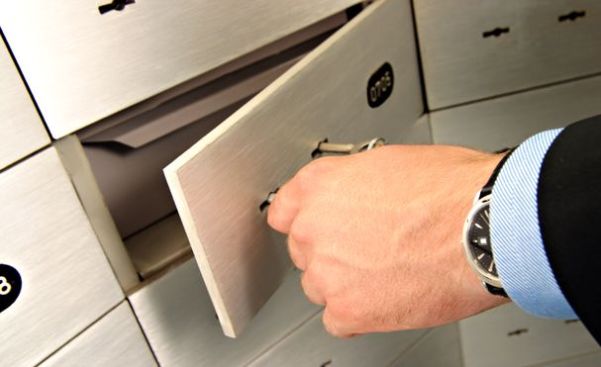
RBI decision to limit banks’ liability for safety lockers makes no sense
The contents of the locker are known only to the customer, making it difficult to prove what is missing and how much loss has been incurred

The RBI recently issued new rules governing locker facilities offered by banks in the country. The move followed a Supreme Court order asking the RBI to frame guidelines regarding the responsibility of banks for any loss or damage to contents of lockers.
According to the guidelines, in case of fire, theft, building collapse or employee fraud, the liability of a bank will be limited to one hundred times the annual rent paid by the customer for use of the locker facility.
The central bank’s response came exactly six months after the SC, in the Amitabha Dasgupta vs United Bank of India case, considered whether the relationship between the bank providing the locker and the hirer (customer) is a contract of lease or bailment.
As part of the judgment on February 19, the court directed the RBI to issue suitable regulations within six months.
Also read: Safe deposit lockers: What banks owe their customers
The RBI said it considered various developments in the area of banking and technology, nature of consumer grievances and also feedback from banks and the Indian Banks’ Association before issuing the guidelines.
The details of the rule limiting banks’ liability are contained in Paragraph 7.2 of the RBI notification: “It is the responsibility of banks to take all steps for the safety and security of the premises in which the safe deposit vaults are housed. It has the responsibility to ensure that incidents like fire, theft / burglary / robbery, dacoity, building collapse do not occur in the bank’s premises due to its own shortcomings, negligence and by any act of omission /commission. As banks cannot claim that they bear no liability towards their customers for the loss of contents of the locker, in instances where loss of contents of locker are due to incidents mentioned above or attributable to fraud committed by its employee(s), the banks’ liability shall be for an amount equivalent to one hundred times the prevailing annual rent of the safe deposit locker.”
This raises an important question: The compensation stipulated is applicable only in certain circumstances, laid out in detail above. But the contents of a locker are never revealed to bankers. The bank’s job is to use the master or custodian key and allow the customer to open the lock by using their key. The bank official is not supposed to be present when the locker is being opened.
Section 4.1.2 of the RBI notification confirms this: “The bank’s officer authorising the locker-hirer to access the locker, after unlocking the first key/password shall not remain present when the locker is opened by the locker-hirer. The banks shall ensure that there is adequate privacy to the locker-hirers in the operations when customers access the lockers at the same time.”
Given that the contents of the locker are known only to the ‘locker-hirer’, there is no way they can prove what the contents were worth, or indeed if the contents are missing. It is also close to impossible to prove that any bank employee has fraudulently taken the contents of the locker.
Assuming that employee fraud is somehow proved, how can compensation be limited to one hundred times the prevailing annual rent of the locker?
Locker rents range from ₹1,000 to more than ₹10,000, depending on the size of the locker (small, medium, etc), the bank (public sector/private) and their location (rural, semi-rural, urban). The State Bank of India, for example, charges ₹1,500 plus GST annually for a small-sized locker (125x175x492cm) in urban and metro areas, whereas in rural areas the same locker costs ₹1,000 plus GST. An extra-large locker at SBI can cost as much as ₹12,000 plus GST every year.
Assuming a customer pays ₹20,000 (for the sake of argument) per annum for the privilege of a safe deposit, the compensation is limited to ₹20 lakh (₹20,000 x 100). The contents of the locker could be worth much, much more. This is not insurance, where the loss is limited to some pre-set figure. The victim of a fraud should be compensated for the loss they have incurred.
Also read: RBI announces new bank locker rules. Read on to find out what has changed
The Criminal Procedure Code contains provisions relating to compensation to victims of crime, under Sections 357, 357(1), 357 (2), 357 (3), 357A, 358, 359 and 250.
Section 378 of the Indian Penal Code says: “Whoever, intending to take dishonestly any moveable property out of the possession of any person without that person’s consent, moves that property in order to such taking, is said to commit theft”. As per Section 379: “A person committing the crime of theft may be imprisoned for a period of time that may extend up to 3 years or a fine or both.”
As per Cr.PC, in cases of theft, cheating, criminal breach of trust, etc, a court either tries to recover the goods or, where recovery is not possible, orders appropriate compensation.
As per the above provisions, the RBI cannot set a limit on compensation. Moreover, locker facility is not a part of banking business as defined by the Banking Regulation Act, 1949. So the RBI’s jurisdiction on the matter is itself questionable.


